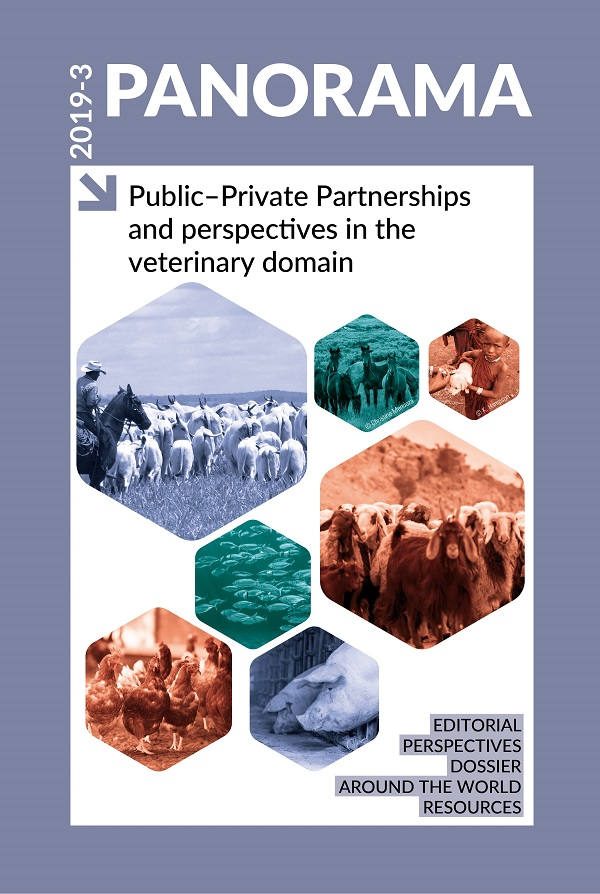Dossier Posted on 2020-01-16 12:10:26
The voluntary response to antimicrobial resistance by the United Kingdom
Keywords
Authors
Chris Lloyd, Responsible Use of Medicines in Agriculture Alliance (RUMA), United Kingdom.
The designations and denominations employed and the presentation of the material in this article do not imply the expression of any opinion whatsoever on the part of the OIE concerning the legal status of any country, territory, city or area or of its authorities, or concerning the delimitation of its frontiers and boundaries.
The views expressed in this article are solely the responsibility of the author(s). The mention of specific companies or products of manufacturers, whether or not these have been patented, does not imply that these have been endorsed or recommended by the OIE in preference to others of a similar nature that are not mentioned.
The TTF first convened in December 2016, composed of a specialist veterinarian and a leading farmer for each of the agricultural sectors, covering beef, dairy, eggs, fish, gamebirds, pigs, poultry meat and sheep. The associated government agencies – the Veterinary Medicines Directorate and Food Standards Agency – took part in the group as observers and provided input on data and methodology.
In November 2017, after a year of intensive effort and partnership with stakeholder organisations, the TTF published a series of sector targets designed to reduce, refine or replace antibiotics without affecting the animal health and welfare of farmed animals across UK agriculture [2].
The common theme across all sectors is the partnership between veterinarians and producers
The targets reflect the different start points and challenges for each sector, although they all committed to specific targets. The next steps explain how the targets will be delivered. The common theme across all sectors is the partnership between veterinarians and producers as they adopt a proactive approach to disease prevention, but, when needed, prescribe and use antibiotics responsibly. The targets come to fruition in 2020.

In November 2018, RUMA published a progress report [3] for each sector with a second in October 2019 [4] reporting the following highlights:
- UK sales of antibiotics for food-producing animals fell 53% since 2014; overall use in 2018 was 29.5 mg/kg, one of the lowest quantities in the EU and below the government target of 50 mg/kg
- Sales of highest priority critically important antibiotics (HP–CIA) fell 68% between 2014 and 2018
- Only 30% of the UK’s antibiotics are now estimated to be used to treat disease in farm animals.
http://dx.doi.org/10.20506/bull.2019.3.3047

References
- The Review on Antimicrobial Resistance (2016). – Tackling Drug-Resistant Infections Globally: final report and recommendations.
- Responsible Use of Medicines in Agriculture (RUMA) Alliance (2017). – Targets Task Force Report – 2017.
- Responsible Use of Medicines in Agriculture (RUMA) Alliance (2018). – Targets Task Force: One Year On – November 2018.
- Responsible Use of Medicines in Agriculture (RUMA) Alliance (2019). – Targets Task Force: Two Years On – October 2019.










